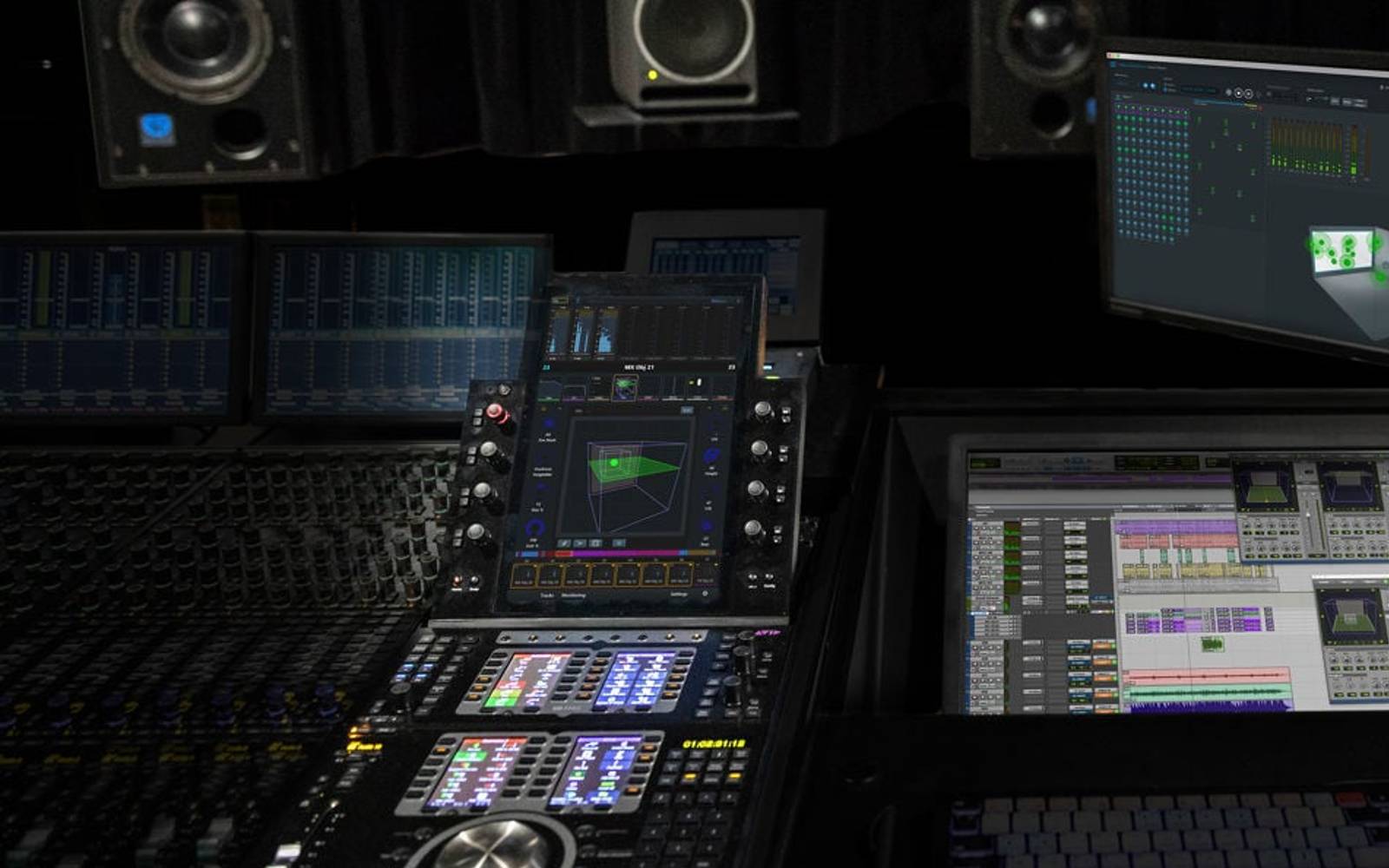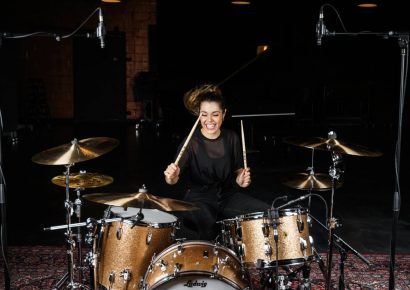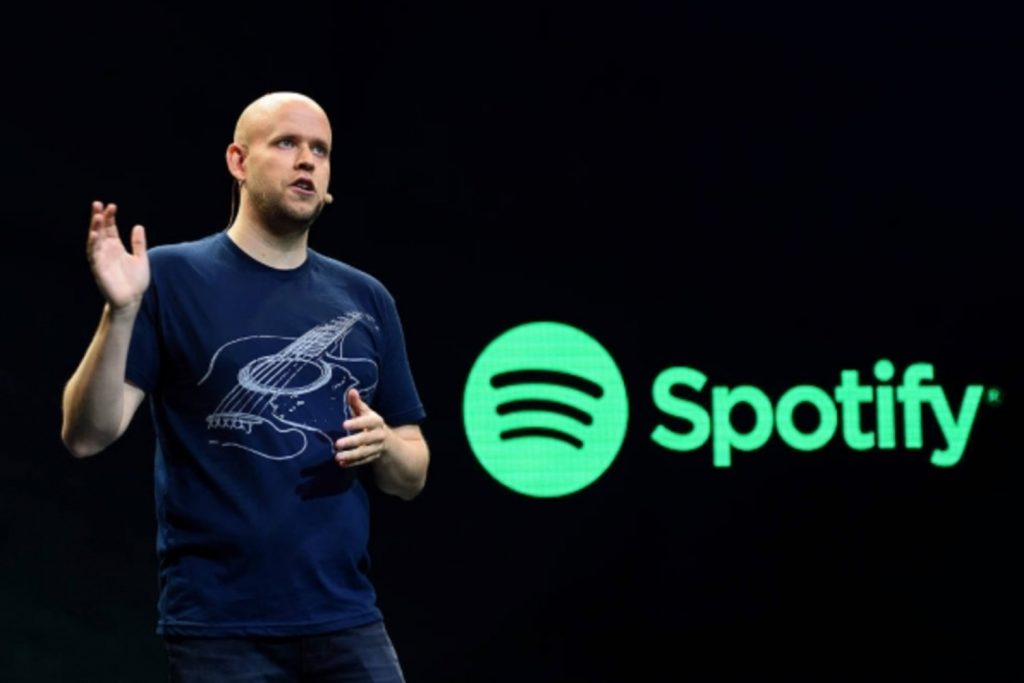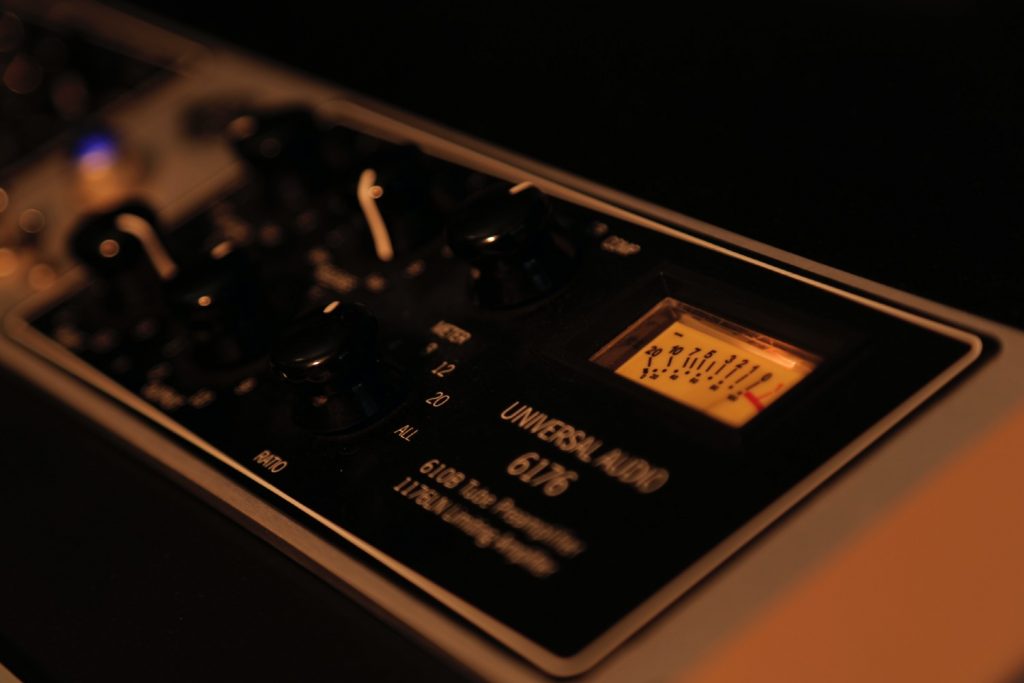Dive into this chat with the brains trust at Dolby!
Make no mistake, Immersive Audio is going from strength to strength, and there is perhaps no bigger name in the space than Dolby Laboratories and their groundbreaking Dolby Atmos format. We thought it was time to catch up with some of the brains trust at Dolby to get an inside look at this incredibly powerful and liberating technology, what it means to the next generation of content creators and music’s place in an increasingly immersive world.
Dolby is one of those names that almost everybody is familiar with. Growing up, it’s almost part of the furniture, but I think if you were to ask the average person on the street what Dolby do, they might have a bit of a tough time explaining. For the sake of our readers, are you able to give us a quick overview of Dolby as an entity, what you guys do and what’s involved in the cutting edge world of audio encoding/decoding?
Pankaj Kedia (Managing Director, Emerging Markets, Dolby Laboratories): The encoding side of things is just one part of what we do, but we tend to look at it more as building and enabling an ecosystem with the goal of allowing content creators to create and deliver spectacular experiences, whether that’s in the cinema at home or on the mobile device.
We see it as a three stage process and that all starts at the content creation stage – working with the post houses, studios, directors and creatives and allowing for the implementation of Dolby Atmos into the creation of content.
From there we are working with the distribution of that content, whether that is with a TV operator, cinema, or streaming service-formatting and working on the delivery of content for these kinds of applications.
Read up on all the latest features and columns here.
The final part of the process is at the device level: enabling the playback of that content across a broad range of devices, from the television through to your mobile or the cinema or home theatre. It’s all about connecting these three dots and ensuring that the content is delivered and played back, true to the artist or director’s intent.
Dolby as a brand has been around since 1965, and I think its rare to see a company remain at the cutting edge of technology through all the different historical permutations… It’s really a company where innovation is at the core of our ethos.
Immersive Audio seems to be everywhere at the moment, growing from strength to strength and edging closer to industry standard for a number of different applications. For those a little slow on the uptake, could you quickly explain the basic idea of immersive audio and what sets Dolby Atmos apart from other/preceding formats?
Pankaj Kedia: Immersive audio to us is really about ‘hearing more’ at the most baseline level. What does it actually mean to ‘hear more’ in the context of storytelling or creating cinematic or musical experiences?
To us it starts with audio clarity. With Dolby Atmos, you are able to introduce more sound sources and with greater detail, being able to distinctly position these sources in a wider soundscape. This has the advantage of allowing for an instantly recognisable directional or spatial fingerprint, with little in the way of masking; that in itself is already an extremely powerful storytelling tool.
From there, being able to position a three dimensional object and move it very precisely within the soundscape, being able to render these events in a way which allows for playback across multiple devices. Enabling content creators to enhance the auditory component of their work, and providing the tools to allow them to create these kinds of experiences within the context of the story, it’s an extremely powerful tool that has opened up all kinds of possibilities.
Then of course there’s the addition of height. Giving content creators the ability to manipulate sound objects across a 360 degree soundstage has created a whole new canvas to work from and enabled content creators by giving them a whole new set of tools to help tell their story.
Dolby is a name synonymous with the cinematic experience. With the increasing demand for content to be delivered with Atmos compatibility for major films and streaming services alike, how has this shift affected the need for Atmos to be integrated into film/post production houses?
Pankaj Kedia: One of the things that really sets Dolby Atmos apart from other Immersive or proceeding formats is in the sophistication and accessibility of the technology. The way we think about Atmos is that its primary concern is to enable the creation, distribution and playback of content-to facilitate and help create unique and engaging experiences.
We are privileged to be able to work very closely everyone from production houses and studios, through to the hosting services like Netflix, Stan or Disney Plus as well as Apple, Samsung, LG, Sony etc.
It’s just an incredibly robust ecosystem now, from the number of devices, to the number of services that are streaming in Atmos, right through to the number of creatives choosing to work in the Dolby Atmos format. The universality and strength of the Atmos ecosystem is really at the core of what separates Atmos from other and proceeding formats.
Post-production houses in particular are critical to the success of the Atmos format and it’s been very important for us to be able to scale these post-production abilities to allow for flexibility across different applications or markets. The scalability of Atmos in the post space and the ability to work binaurally in headphones or on slightly parred back Dolby Atmos systems, means that we are able to see the technology integrated across more and more Post-production workflows. It truly is an exciting time!
One of the standout features of the Atmos workflow is the use of “Audio objects”, which in itself is a pretty dense concept but which opens up an incredibly exciting new world of creativity at a technical level. How is this concept made possible and how does it differ from the traditional linear mindset, endemic to pre-immersive formats?
Geoffrey Low (Staff Engineer, Content Creation, Dolby Laboratories): When we were were designing Atmos, we came from the perspective of ‘What is the next step?’ ‘Is it simply a case of more channels or can we do more with this?’ ‘How can we create the best possible experiences and deliver these efficiently?’
The approach we settled on with Atmos was a hybrid approach, one that works in both objects and channels simultaneously. We believe this is the most efficient way to work in immersive, to build a foundation using channels and then start introducing objects into this environment.
Obviously with channel workflows on pre-Atmos formats, you were always limited to a fixed number of speakers or channels in which to place things, which brings a tendency to keep adding more playback speakers, which obviously accrues more cost.
Part of our whole ‘paradigm smashing’ approach was to do away with that kind of regimented thinking and come up with something innovative as a way of future proofing the format. With objects we are able to store in our encoded master file, XYZ co-ordinates that correlate to a position in this 3-D imaginary space.
When a master file is compressed and transmitted to the playback device, the Dolby encoding will naturally search for the speaker that is closest to that intended placement as per the attached co-ordinates, naturally adapting this placement within the context of whatever playback system we want. Objects have made it possible to upmix and downmix with ease, in many ways future proofing our mixes to fall in line with the ever-changing playback formats that we are seeing in the home. It’s also allowed for things like enabling Atmos mixing for headphones via binaural rendering. It’s an extremely liberating development!
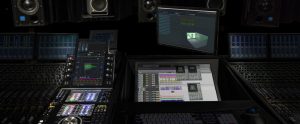
Having seen the Dolby Atmos Production Suite in action, I was particularly impressed-not only in the incredible monitoring environment/facilities, but also in the functionality and intuitiveness of the Dolby GUI. How does this powerhouse renderer/plugin integrate with AVID’s Pro Tools so seamlessly and was it important for Dolby to provide an extremely user-friendly interface to help navigate the heady world of immersive audio?
Geoffrey Low: When we went into developing Dolby Atmos, it was extremely important for us to be able to integrate this new format into the pre-existing Pro Tools ecosystem as it is such an important part of the Post-Production workflow, so we worked closely with Avid to ensure this new technology could be integrated and navigated easily within Pro Tools.
We spent a lot of time making sure that the Dolby Atmos tools were smoothly integrated into the traditional post-production workflow, as we did not want to deter anybody from exploring this new technology. This also extended to how the Dolby Atmos Production Suite integrated with Avid hardware as well.
From the start we wanted our three dimensional panning to work with the joystick on the Avid S6 console. We just knew that having that tactile ability would be integral to the Atmos experience in the professional Post-production space and seeing it in action and knowing how much work went in to that alone, it’s just awesome to see.
For institutions like Collarts for example, we wanted to be able to provide them with products that will help empower their students as the next generation of content creators, and part of that means making sure the Dolby Atmos Production Suite operates as streamline and efficiently as possible.
We knew that with the addition of a third dimension of automation, that it would be a challenging prospect, if people had to draw in individual dots etc, so we really spent a lot of time making sure that the visual representation of Dolby Atmos within the production suite was the most efficient and accessible workflow possible.
The ability to then merge these visual cues with the binaural capabilities of the Dolby Renderer was really a game-changer when it came to bringing Dolby Atmos to the classroom.
It would seem there’s a huge potential for Dolby Atmos in the music production space – as a concept, it certainly does get the creative juices flowing! What are some of the technical advantages that come with working in Atmos for music? Do you think we will soon see artists and engineers employing specialised recording techniques with Atmos in mind?
Pankaj Kedia: Dolby started in music and in many ways we are now coming full circle. As a medium, music is just so diverse and expansive in terms of workflows and playback. As a creative canvas, Dolby is a whole new ball game in terms of the technical possibilities and what can be done in the field.
In the modern Electronic/DAW workflow, we can already see the possibilities in terms of in the box Atmos mixing and throwing musical objects around a room or imaginary environment and that’s already accessible to anyone with a DAW and a laptop.
In the US, we have already been seeing experiments with ambient re-mic’ing, capturing ambience in Atmos to add to a pre-recorded stereo track, tetrahedral microphones, and plug in developers coming out with immersive. It’s definitely an exciting time to be creating music for Dolby Atmos.
Dolby Atmos has been making some exciting inroads into the live sector over the last couple of years, with a series of high profile club installs around the world (to breathtaking sonic effect). Where do you see immersive sound fitting into the live space?
Pankaj Kedia: The nightclub installations provided us with some really valuable insights into how Atmos can operate in relation to music from a playback/rendering perspective. It was helpful in developing Atmos for music and the lessons we learned during these projects were all part of the bigger picture for developing Atmos for music.
We already have a couple of music services that are already streaming in Dolby Atmos, Tidal and Amazon for example. Music for us is the next frontier and we are very excited to see how Atmos is going to be implemented into this space, moving forward.
How about museum exhibit/sound art type installations? I imagine there would be a lot of awesome Atmos projects popping up in that particular field?
Pankaj Kedia: One that immediately comes to mind was the Dolby Soho project, in New York. This was what we refer to as an ‘experience venue’, where we partnered with a very diverse group of companies from the fashion, music and electronics industries and developed a number of different exhibits where one could experience Atmos in many different contexts and formats. As a project, it was a massive eye opener to the kinds of different applications that this technology can be applied to.
Without giving too much away, what can we expect from Dolby Atmos heading into the future?
Pankaj Kedia: We are working at bringing Atmos to into the musical realm. We had Amazon and Tidal launch their Atmos streaming services, we saw the launch of the Echo Studio speaker, which brings immersive audio to a single speaker solution and really opens a lot of doors for Atmos in a musical context.
We are currently working on a host of cloud solutions like Dolby I/O which is a very interesting initiative in regards to making our tools accessible to developers.
Find out more about Dolby Atmos at their website.
